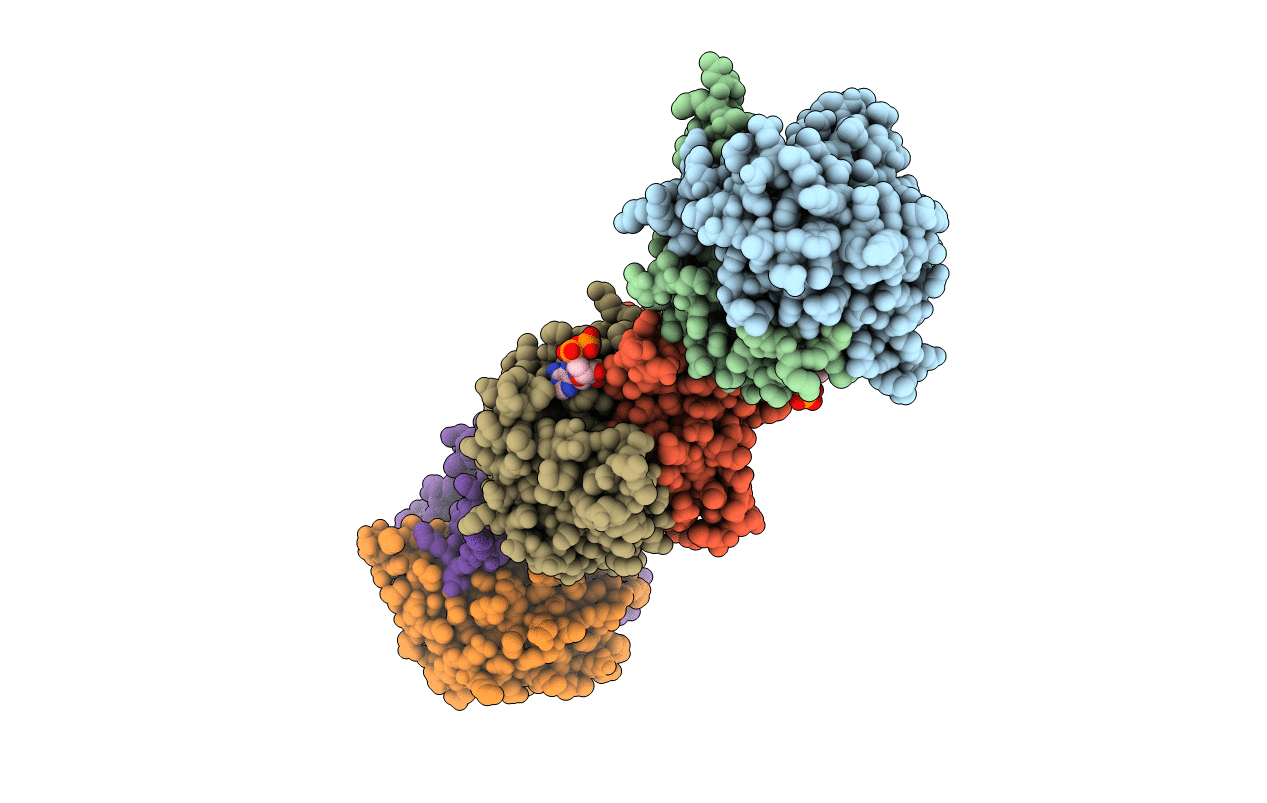
Deposition Date
2009-11-13
Release Date
2009-12-01
Last Version Date
2024-04-03
Entry Detail
PDB ID:
3KO4
Keywords:
Title:
Crystal structure of D-Tyr-tRNA(Tyr) deacylase from Plasmodium falciparum in complex with ADP
Biological Source:
Source Organism:
Plasmodium falciparum (Taxon ID: 36329)
Host Organism:
Method Details:
Experimental Method:
Resolution:
2.70 Å
R-Value Free:
0.28
R-Value Work:
0.21
R-Value Observed:
0.21
Space Group:
P 1


